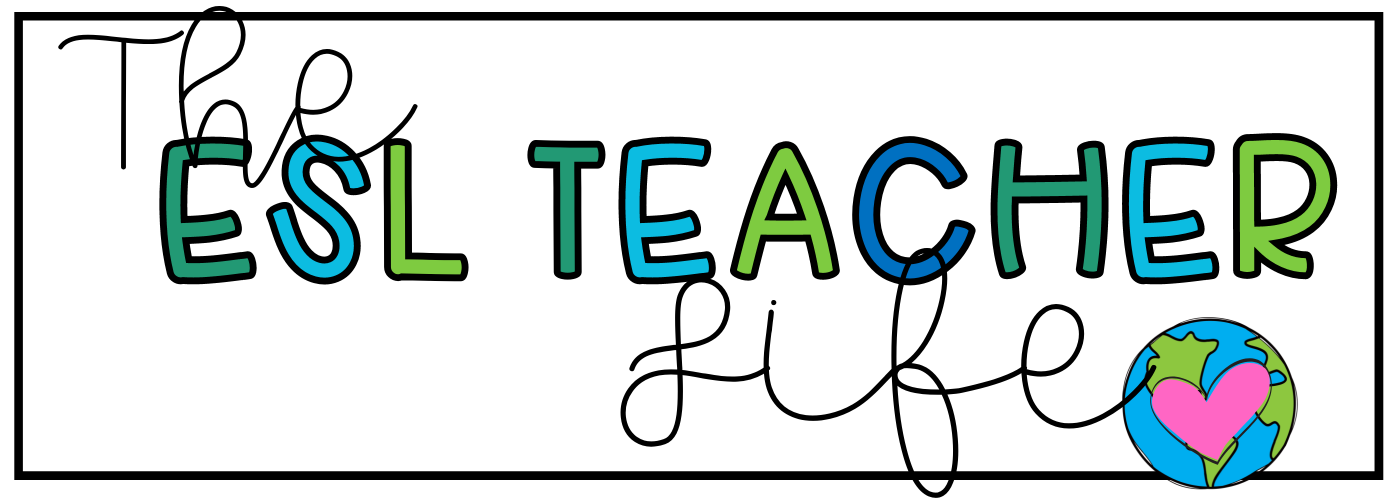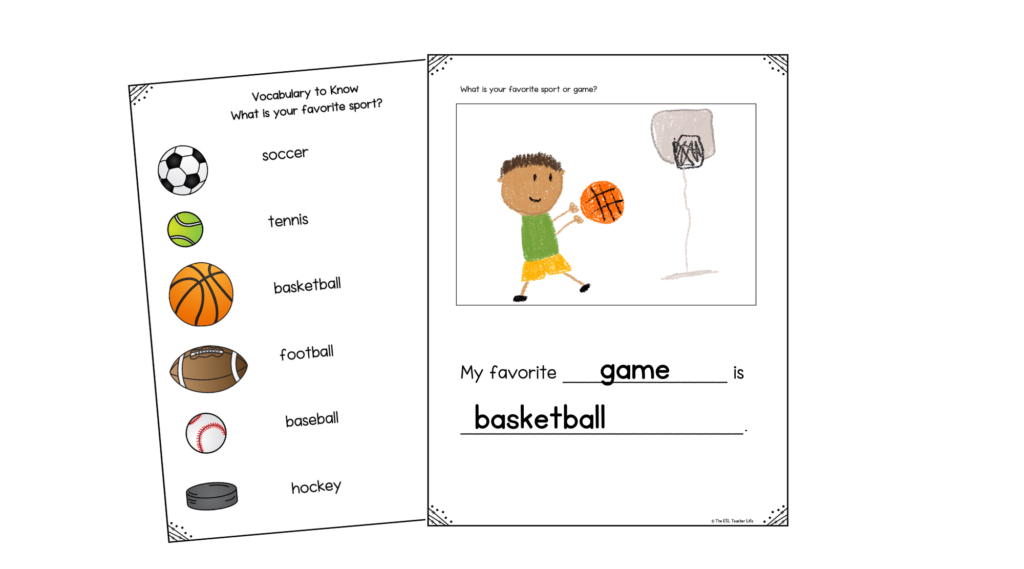One of my favorite strategies for supporting MLs in the classroom is through the use of drawing. In case you need convincing, here are 5 different ways drawing is a powerful teaching tool for working with multilingual learners.

Supporting MLs with Drawing Provides Meaningful Visuals
Drawing provides a visual representation of concepts, which helps multilingual learners better understand and retain new vocabulary and ideas. This in turn enhances their comprehension. When introducing new vocabulary, I often have students make a sketch. They draw a picture to help them internalize the meaning. One time teaching the word “survival,” a student made a connection to the video game “Minecraft,” and staying alive in that world. Another student drew basic needs like water and food. They were different but meaningful drawings that helped each student to make sense of a new vocabulary word.
If during the course of a lesson, we come across a word that’s unfamiliar or unplanned, I do a quick sketch to show students what it means. Often with young multilingual learners, words come up in phonics or reading that have more than one meaning or have a similar sounding word. With a whiteboard and marker, it’s easy to show the difference between a “pen” you write with and a “pen” that is the home of a pig on a farm, as well as how it’s different from a “pan” you cook with or a “pin” that fastens two things. Drawing can quickly illustrate new vocabulary as well as clear up misconceptions, especially if you don’t have technology at your fingertips. Below is another example to explain during math two definitions of the word “shade.”
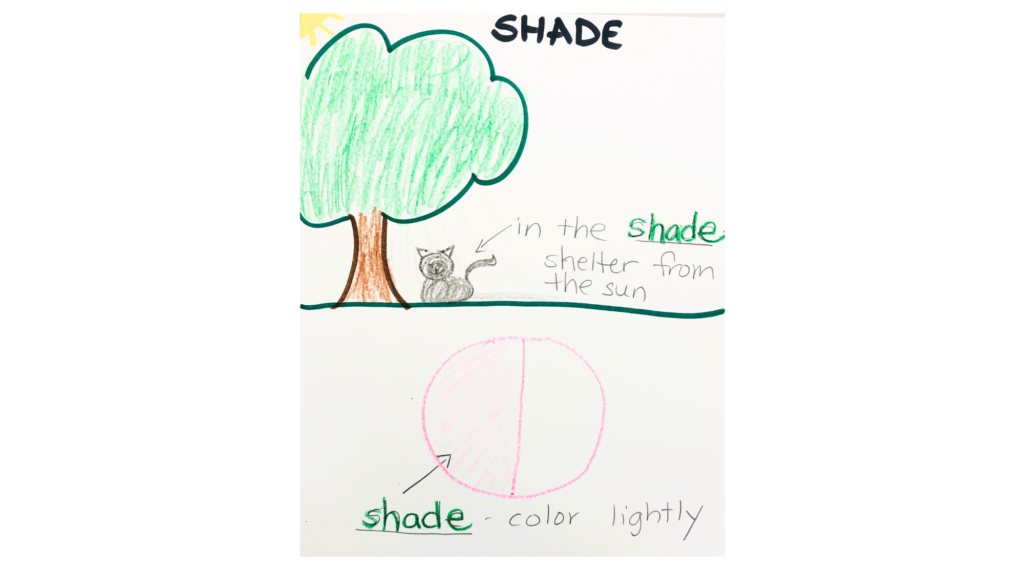
Drawing Helps MLs Communicate
Additionally, drawing gives MLs a way for students to communicate and share their experiences before they have acquired the necessary vocabulary. Drawing is a wonderful means of expression at all proficiency levels, and particularly helpful with newcomers. One of my favorite interactions with a newcomer student recently was discovering his love of planes from a picture we saw in a book.
During writing time, I showed him how I drew one, he copied, and we talked about who was on the planes since he had basic family vocabulary. Then he could point to parts of the plane and I could tell him the word and expand on it. Later in the year, his drawings became increasingly complex, and his vocabulary as well. He could even give me an account of a trip to an aviation museum using so much vocabulary.
We had not only established a foundation for sharing but a way to communicate at growing levels of proficiency. Drawing helped me to capitalize on his interests before he had the vocabulary, and continue to build on it as he acquired new language.
Drawing Boosts Confidence
Similarly, drawing boosts confidence. One of my favorite picture books is Isabel and Her Colores Go to School by Alexandra Alessandri. In it, the main character, Isabel, does a beautiful drawing to show her desire for friendship. Her idea works and her classmate understands that she wants to be friends. Her teacher also shows the drawing to the class and Isabel decides “maybe school isn’t so bad after all.”
I have had many real life experiences with this as well. At the beginning of the year, my “getting to know you” activities include a lot of drawing as it allows students to share their favorite things, their interests, and their families. Learning that one student loves French fries and playing basketball with his dad, and another prefers soccer and ice cream may not sound like much, but with this information I can introduce one student to another that likes basketball for playground fun.
At the same time we can talk about whether the other student prefers vanilla or chocolate ice cream, and if they have seen the ice cream truck after school. We lay the foundation for our school relationships and learning through drawing from the very beginning and give students the confidence that they are being understood.
Drawing Supports Language Development
Also, drawing supports language development in content areas. For example, when students draw and label diagrams, they are able to access content information that may be out of reach with just a description in a book. For example, students can draw and label with support to tell about science concepts such as an animal life cycle or the water cycle. Creating their own visuals helps them to internalize the new vocabulary and provides a basis for writing sentences about the concepts.
Students do not have to wait until they reach English proficiency to access content information, they just need the right strategies to access it in a way that is meaningful to them. This past year, one of my favorite units was the three states of matter. Second grade newcomers started with drawing examples of solids, liquids, and gases as we read books about each one, allowing them to participate in grade level content from the beginning.
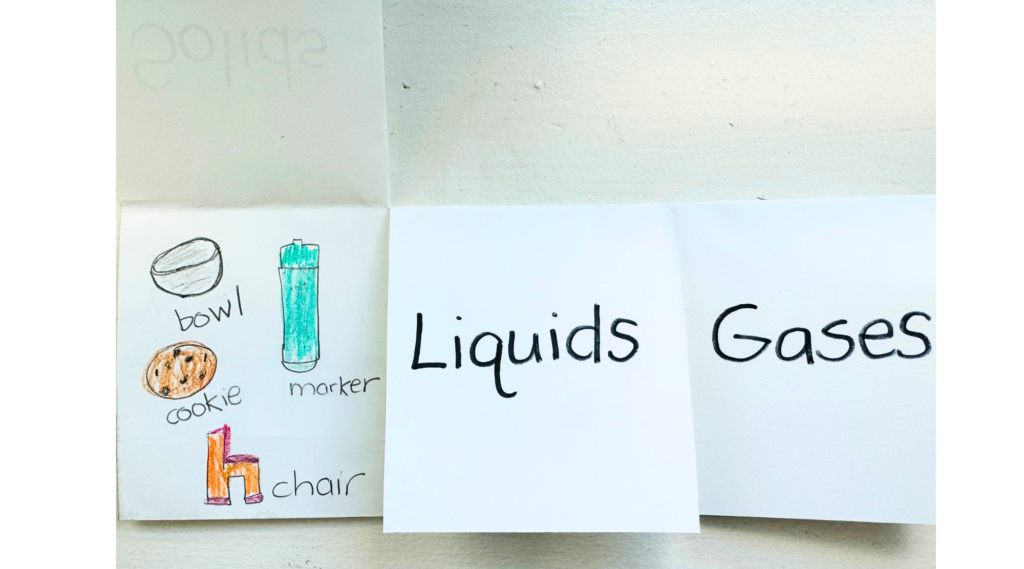
Drawing Engages MLs Actively
When students are drawing during learning, they are actively involved with new information. Would you rather hear about the phases of the moon, or draw pictures to show the changes? Would you rather learn about the three branches of the US government or draw pictures and add labels to differentiate the three? I know I would be more engaged in active learning and our students are no different.
If students are hesitant, drawing can also be used as a group activity where they each contribute to a poster with new concepts. Drawing, alongside discussion about the new ideas, can boost engagement and understanding.
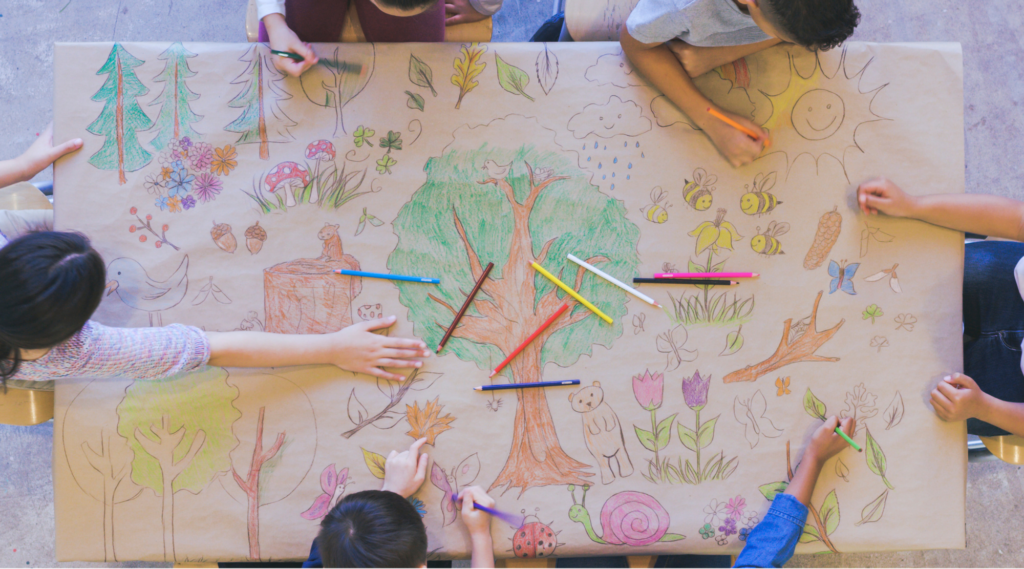
Supporting MLs with Drawing Wrap-up
So that’s it: five reasons for supporting MLs using drawing as a strategy. Whether you are a classroom teacher or a specialist, I hope you will find opportunities to incorporate drawing into your lessons. If you are looking for more information, check out this blog post on vocabulary activities that can be used with almost any words:
Looking for more ideas or want to chat? Please come find me on Instagram: @the_esl_teacher
